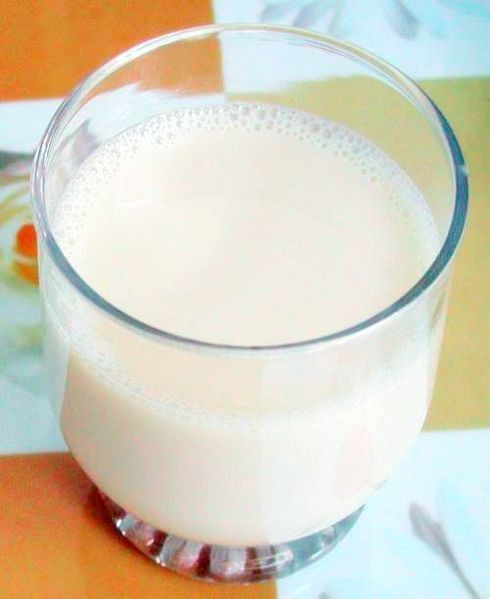Three Daily Servings: Could Reduced-Fat Milk Contribute to Obesity?

The U.S. Department of Agriculture (USDA) recommends that children over nine years old drink at least three cups of milk a day of skim or reduced-fat milk. By doing so, they can get milk's benefits without the extra fat or calories. But according to an editorial published in JAMA Pediatrics, two experts are saying that there's very little evidence to support those claims, and that they could actually be contributing to the obesity epidemic.
"This recommendation to drink three cups a day of milk — it's perhaps the most prevailing advice given to the American public about diet in the last half century," David Ludwig, co-author of the editorial and director of the New Balance Foundation Obesity Prevention Center at Boston's Children Hospital, said. "As a result, Americans are consuming billions of gallons of milk a year, presumably under the assumption that their bones would crumble without them."
The USDA says benefits of drinking milk include improved bone health; intake of vitamin D, calcium, and protein, and reduced risk of cardiovascular disease and type 2 diabetes. By reducing fat in milk and milk products, the milk is certainly lower in calories, but to Ludwig, and the study's other author Dr. Walter Willett, argue that lower calorie beverages don't necessarily mean lower calorie intake. They say that reduced fat foods might not be as filling, which could lead consumers to compensate by eating and drinking more. A previous study actually found that those who drank lower-fat milk had a higher chance of being overweight later on, according to Time.
"Our original hypothesis was that children who drank high-fat milk, either whole milk or 2-percent would be heavier because they were consuming more saturated fat calories," author of the study Dr. Mark Daniel DeBoer, an associate professor of pediatric endocrinology at the University of Virgina School of Medicine, told Time. "We were really surprised when we looked at the data and it was very clear that within every ethnicity and every socioeconomic strata, that it was actually the opposite, that children who drank skim milk and one-percent were heavier than those who drank two-percent and whole."
Companies trying to sell reduced-fat milk products may also increase sugar levels to make them taste better. One cup of low-fat chocolate milk contains 158 calories — 68 of them coming from solid fats and added sugars — while a cup of unflavored, two-percent milk has 122 calories, with 37 of them coming from solid fats and added sugars. Still, when reduced-fat milk is compared to recommendations for sugar intake, which call for 12 grams a day (or three teaspoons at four grams each), one cup already has 12.3 grams of sugar. This means that one serving of milk per day would already put a child over the recommended limits, two would exceed limits for a woman, and three would go over those for men, Forbes reported.
Ludwig and Willett aren't arguing that milk is useless, they're arguing that there is no evidence that supports reduced-fat milks are healthier. They say that milk recommendations should be revisited.
"Somehow this low-fat milk has become so entrenched in the nutritional psyche, it persists despite the absence of evidence," Ludwig said. "To the contrary, the evidence that now exists suggests an adverse effect of reduced-fat milk."



























